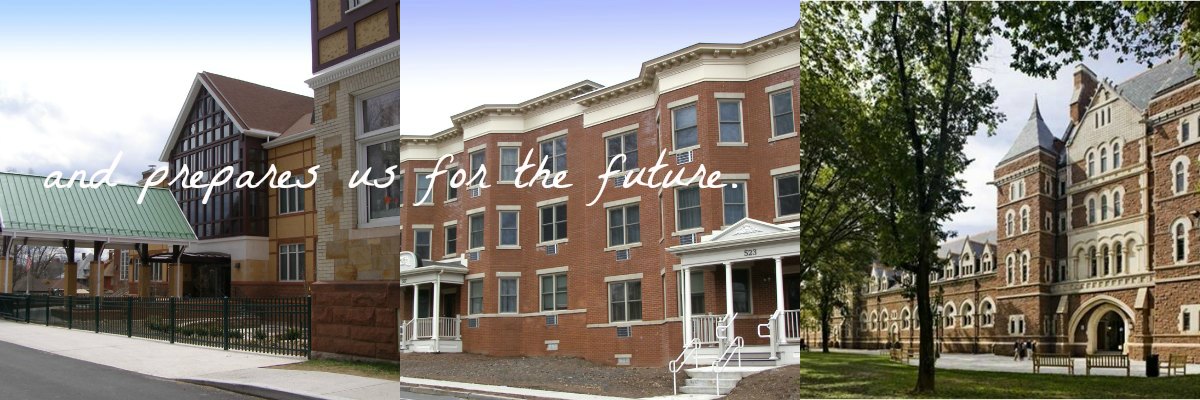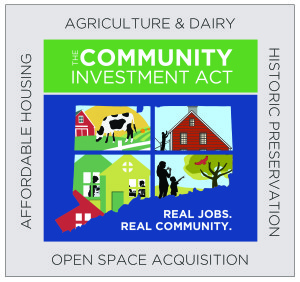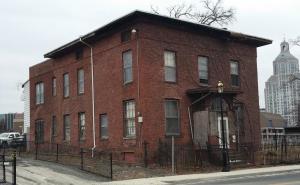In 2005, Senator Don Williams championed a bill to create a fund to support affordable housing, farms, open space and historic preservation in Connecticut. It is funded by a document filing fee charged on all real estate transfers. Through CIA funding open space has been permanently preserved, smaller family farms have been able to continue operation, affordable housing has been crated and historic preservation has been accomplished throughout the State.
The beauty of how the CIA was designed is that a steady funding source was put in place to provide money to preserve and protect critical resources which are hard to finance. Almost immediately the funds drew attention, being viewed by the executive branch as a pot of gold to be raided if money were needed to close budgetary gaps. The current proposed budget includes a sweep of $15 million of CIA funds for the FY 15-16 budget and a total grab of all CIA revenue for the FY 16-17 budget.
CIA funding has been used here in Hartford in preserving and protecting some of our most treasured landmarks including The Harriet Beecher Stowe Center, Center Church, Bushnell Park and the Charter Oak Cultural Center, to name just a few. Because of CIA funding, HPA was able to create the Parkville Historic District, enabling property owners to make use of preservation tax credits to maintain their historic properties as well as adapt and reuse existing buildings for 21st century use. One need only look to the current surge in downtown residential development to see the benefits historic preservation brings to a city’s economic health and vitality.
Without a doubt the next two years are going to be difficult for Connecticut. Many interests are vying for fewer resources. However the shift of emphasis to better and more accessible public transportation seems to be the priority. No one disputes the benefit of improving the infrastructure to allow Connecticut to become sustainable however to do so while poaching from funds with an identified purpose is disappointing. The CIA was created to support and sustain activities which directly contribute to the quality of life in this small state. Or as pointed out by the CT Main Street Program:
While investing in a world class transportation infrastructure is important, with CIA funds we’ll end up with roads and trains to places no one wants to go.
On March 9, 11:00 at the Legislative Office Building there is to be a hearing and HPA will be there to advocate for preserving CIA funding. Voices in support are very necessary. We will be sending out an email to our list shortly outlining what you can do to support this cause. If you are not already on our contact list, please sign up today. We will continue to keep you updated at the legislative session progresses.












